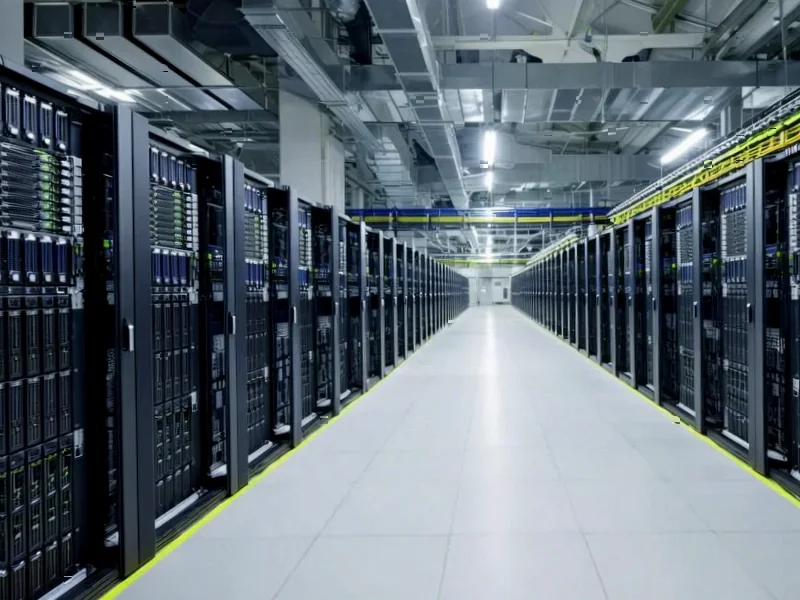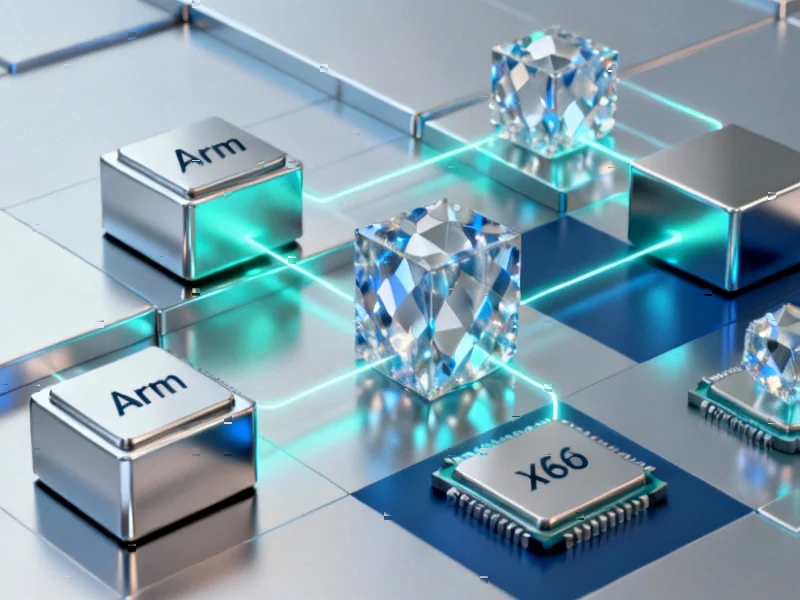According to DCD, Microsoft CEO Satya Nadella revealed during an interview on the Bg2 Pod that the company has AI GPUs sitting idle in inventory because it lacks sufficient power infrastructure to install them. Speaking alongside OpenAI CEO Sam Altman, Nadella stated that “the biggest issue we are now having is not a compute glut, but it’s power” and specifically noted having “a bunch of chips sitting in inventory that I can’t plug in.” Microsoft CFO Amy Hood echoed these concerns during the company’s Q1 2026 earnings call, confirming Microsoft has been “short now for many quarters” on data center space and power despite spending $11.1 billion on data center leases in that quarter alone. The company deployed approximately 2GW of data center capacity in 2025, bringing its total facilities to over 400, while a separate S&P Global report projects US data centers will require 22% more grid-based power by end of 2025 and triple the current demand by 2030. This power infrastructure crisis represents a fundamental constraint on AI growth that could reshape the entire technology landscape.
When the Grid Can’t Scale with AI Demand
The core issue Nadella highlights isn’t just a Microsoft problem—it’s a systemic failure of our energy infrastructure to keep pace with exponential AI growth. While chip manufacturers like NVIDIA have successfully scaled GPU production, electrical grids designed for gradual, predictable growth are being overwhelmed by hyperscale demands. What makes this particularly challenging is that data center power requirements aren’t just about total capacity but also about location—AI clusters need to be built near available power sources, which often means competing with residential and industrial users for limited grid resources. The interview reveals that Microsoft’s constraint isn’t chip supply but “warm shells,” industry terminology for powered, ready-to-use data center space that can immediately accommodate new hardware installations.
The Coming AI Power Divide
This infrastructure bottleneck will create clear winners and losers in the AI race. Large hyperscalers like Microsoft, Amazon, and Google with established power procurement teams and long-term utility relationships will likely secure preferential access to scarce power resources. Smaller AI startups and enterprises looking to deploy custom AI infrastructure, however, face being completely priced out or relegated to less optimal locations. We’re already seeing geographic concentration effects where regions with abundant, cheap power—like certain areas of the Pacific Northwest and Southeast—are becoming AI hotspots while power-constrained regions fall behind. This could lead to a new form of digital divide where AI capability becomes geographically determined by local power infrastructure rather than technical innovation or market demand.
Enterprise AI Deployment at Risk
For businesses planning AI transformations, Microsoft’s power struggle signals potential delays and cost increases for cloud AI services. When hyperscalers can’t deploy new GPU capacity, existing resources become more expensive through supply-demand economics. We may see cloud providers implementing stricter resource allocation, longer deployment timelines for new AI workloads, or tiered pricing that prioritizes enterprise customers over smaller users. Companies with on-premise AI ambitions face even steeper challenges—securing adequate power for private AI clusters requires navigating local utility constraints and potentially years-long wait times for grid upgrades. The era of instant, scalable AI compute is hitting its first major physical constraint, and the business impact could be substantial.
The Innovation Imperative Beyond Chips
This crisis will drive massive investment in power innovation beyond traditional data center efficiency improvements. We’re likely to see accelerated adoption of advanced cooling technologies, modular nuclear reactors specifically designed for data centers, and creative power sourcing strategies including direct renewable energy partnerships. The next wave of competitive advantage in cloud computing may come from who can most effectively solve the power problem rather than who has the best AI models. Companies that master power-efficient AI inference or develop novel approaches to distributed computing across power-constrained environments could emerge as unexpected leaders. The AI industry, which has been focused almost exclusively on algorithmic and hardware innovation, now faces its most challenging optimization problem yet: how to deliver exponential computational growth within linear power constraints.




